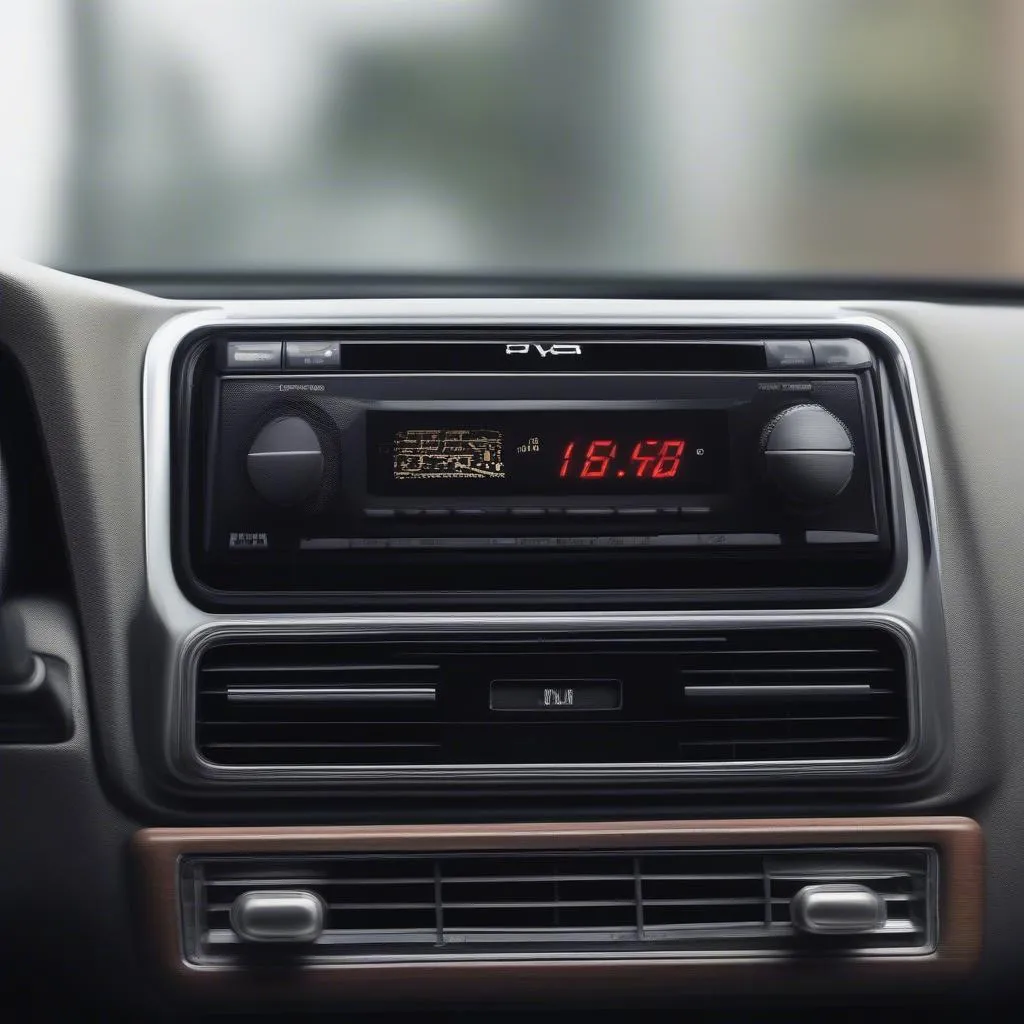A “booster seat warning” light on your car’s dashboard can be a cause for concern for any parent. This warning typically indicates an issue with the passenger airbag system or the occupancy sensor mat, which determines if someone is sitting in the passenger seat. Ignoring this warning could potentially put a child at risk, especially if they’re not using a booster seat correctly or are too small for the vehicle’s standard seatbelt system.
Understanding the Booster Seat Warning
Modern vehicles are equipped with sophisticated safety features, including airbag systems that deploy in case of a collision. While these systems are designed to save lives, airbags can pose a serious risk to young children who are not properly restrained. That’s where booster seats come in.
A booster seat positions a child so that the vehicle’s seatbelt fits them correctly, minimizing the risk of injury from the airbag in case of an accident. The “booster seat warning” light is directly linked to your car’s safety systems and should never be ignored.
Common Causes of a Booster Seat Warning
Several factors can trigger a booster seat warning:
- Faulty Occupancy Sensor: The most common culprit is a malfunctioning occupancy sensor mat in the passenger seat. This sensor detects the weight and pressure of a passenger to determine if the airbag should be activated. If the sensor is faulty, it may not recognize that a child is in a booster seat and trigger the warning light.
- Seat Belt Issue: Sometimes, the warning light may illuminate due to a problem with the passenger seat belt buckle or the wiring connected to it.
- Software Glitch: Like any computer system, your car’s onboard computer can experience software glitches that trigger false warnings.
How to Troubleshoot a Booster Seat Warning Light
Before rushing to a mechanic, you can try a few troubleshooting steps:
- Check the Passenger Seat: Make sure the passenger seat is empty and there are no objects, like bags or groceries, placed on it. Even a small item can trigger the occupancy sensor.
- Inspect the Seat Belt Buckle: Ensure the passenger seat belt is fully unbuckled and the buckle is securely fastened in its receptacle.
- Restart the Vehicle: Like rebooting your computer, restarting your car can sometimes resolve software glitches. Turn off the engine, wait a few minutes, and then restart the car to see if the warning light disappears.
When to Seek Professional Help
If the booster seat warning light persists despite trying the above steps, it’s crucial to consult a qualified automotive technician. They have the expertise and diagnostic tools to pinpoint the exact cause of the issue.
Importance of Addressing the Issue Promptly
Ignoring a persistent booster seat warning could have serious consequences. Firstly, a malfunctioning occupancy sensor may prevent the passenger airbag from deploying during a collision, putting the passenger at risk. Secondly, driving with a faulty seat belt system is a safety hazard in itself.
Tips for Preventing Future Issues
- Regular Maintenance: Schedule routine maintenance checks for your vehicle, including inspections of the airbag system and occupancy sensors.
- Keep the Passenger Seat Clear: When not in use, keep the passenger seat free of any objects to avoid unnecessary triggering of the sensor.
- Address Warning Lights Promptly: Never ignore any warning lights on your dashboard.
how to reset warning lights on seat ibiza
Conclusion
The “booster seat warning” light in your car is a crucial safety feature. Understanding its purpose and taking appropriate action can help ensure the safety of all passengers, especially children. Remember, when it comes to car safety, it’s always best to err on the side of caution and seek professional assistance if needed.

